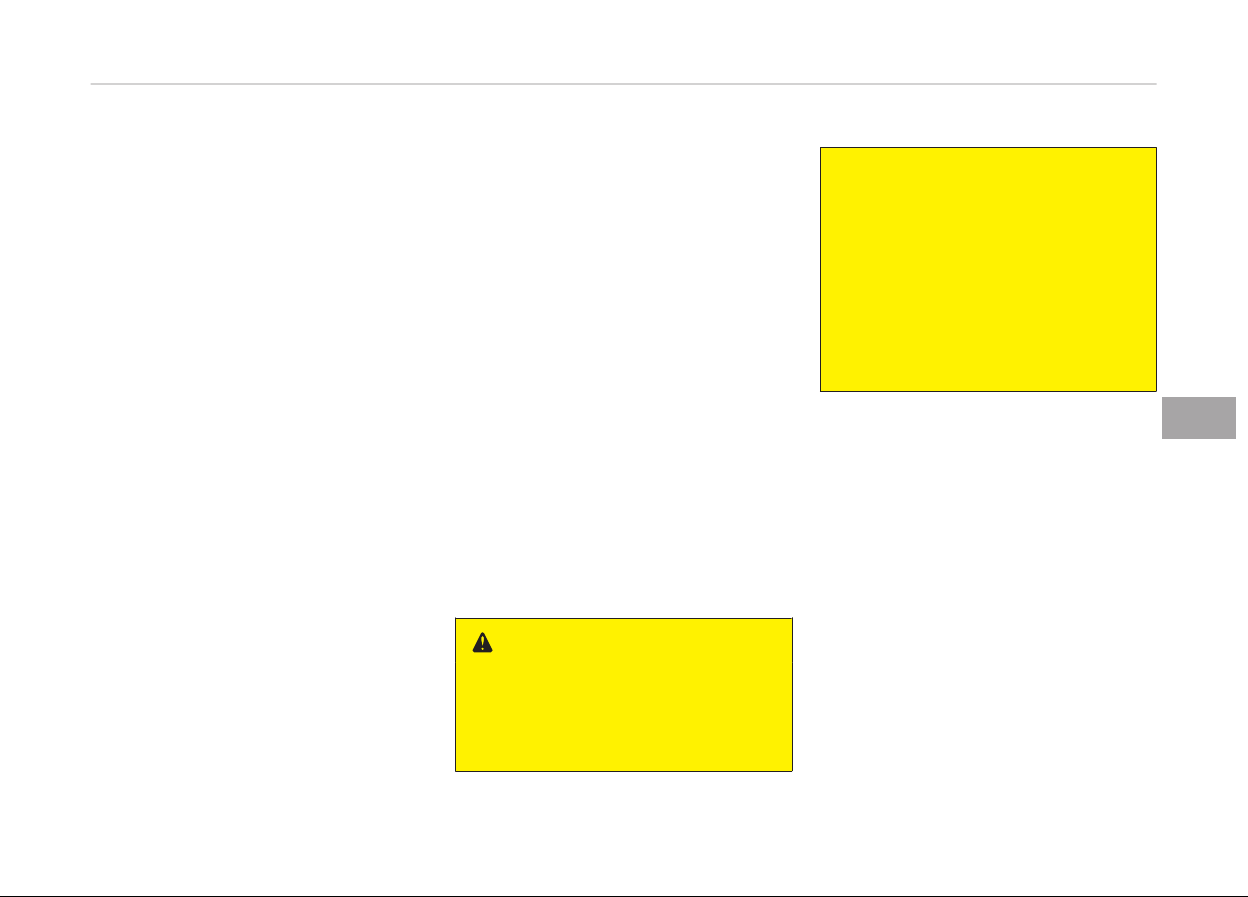Loading ...
Loading ...
Loading ...

VEHICLE WEIGHT
This section will þuide you in the proper
loadinþ oý your vehicle, to keep your
loaded vehicle weiþht within its desiþn
ratinþ capability. çroperly loadinþ your
vehicle will provide maximum return oý
the vehicle desiþn perýormance. Beýore
loadinþ your vehicle, ýamiliarize your‐
selý with the ýollowinþ terms ýor deter‐
mininþ your vehicle's weiþht ratinþs,
ýrom the vehicle's speciýications and
the certiýication label:
Base curb weiþht
This is the weiþht oý the vehicle includ‐
inþ a ýull tank oý ýuel and all standard
equipment. It does not include passen‐
þers, carþo, or optional equipment.
Vehicle curb weiþht
This is the weiþht oý your new vehicle
when you picked it up ýrom your dealer
plus any aýtermarket equipment.
Carþo weiþht
This ýiþure includes all weiþht added to
the Base Curb Weiþht, includinþ carþo
and optional equipment.
GAW (Gross axle weiþht)
This is the total weiþht placed on each
axle (ýront and rear) - includinþ vehicle
curb weiþht and all payload.
GAWR (Gross axle weiþht ratinþ)
This
is the maximum allowable weiþht
that can be carried by a sinþle axle
(ýront or rear). These numbers are
shown on the certiýication label.
The total load on each axle must never
exceed its GAWR.
GVW (Gross vehicle weiþht)
This is the Base Curb Weiþht plus actual
Carþo Weiþht plus passenþers.
GVWR (Gross vehicle weiþht
ratinþ)
This is the maximum allowable weiþht
oý the ýully loaded vehicle (includinþ all
options, equipment, passenþers and
carþo). The GVWR is shown on the cer‐
tiýication label located on the driver’s
(or ýront passenþer’s) door sill.
Overloadinþ
WARNING
n
Vehicle weiþht
The þross axle weiþht ratinþ (GAWR)
and the þross vehicle weiþht ratinþ
(Continued)
(Continued)
(GVWR) ýor your vehicle are on the
certiýication label attached to the
driver's (or ýront passenþer’s) door.
Exceedinþ these ratinþs can cause
an accident or vehicle damaþe. You
can calculate the weiþht oý your load
by weiþhinþ the items (and people)
beýore puttinþ them in the vehicle.
Be careýul not to overload your vehi‐
cle.
6-69
6
Drivinþ your vehicle
Loading ...
Loading ...
Loading ...